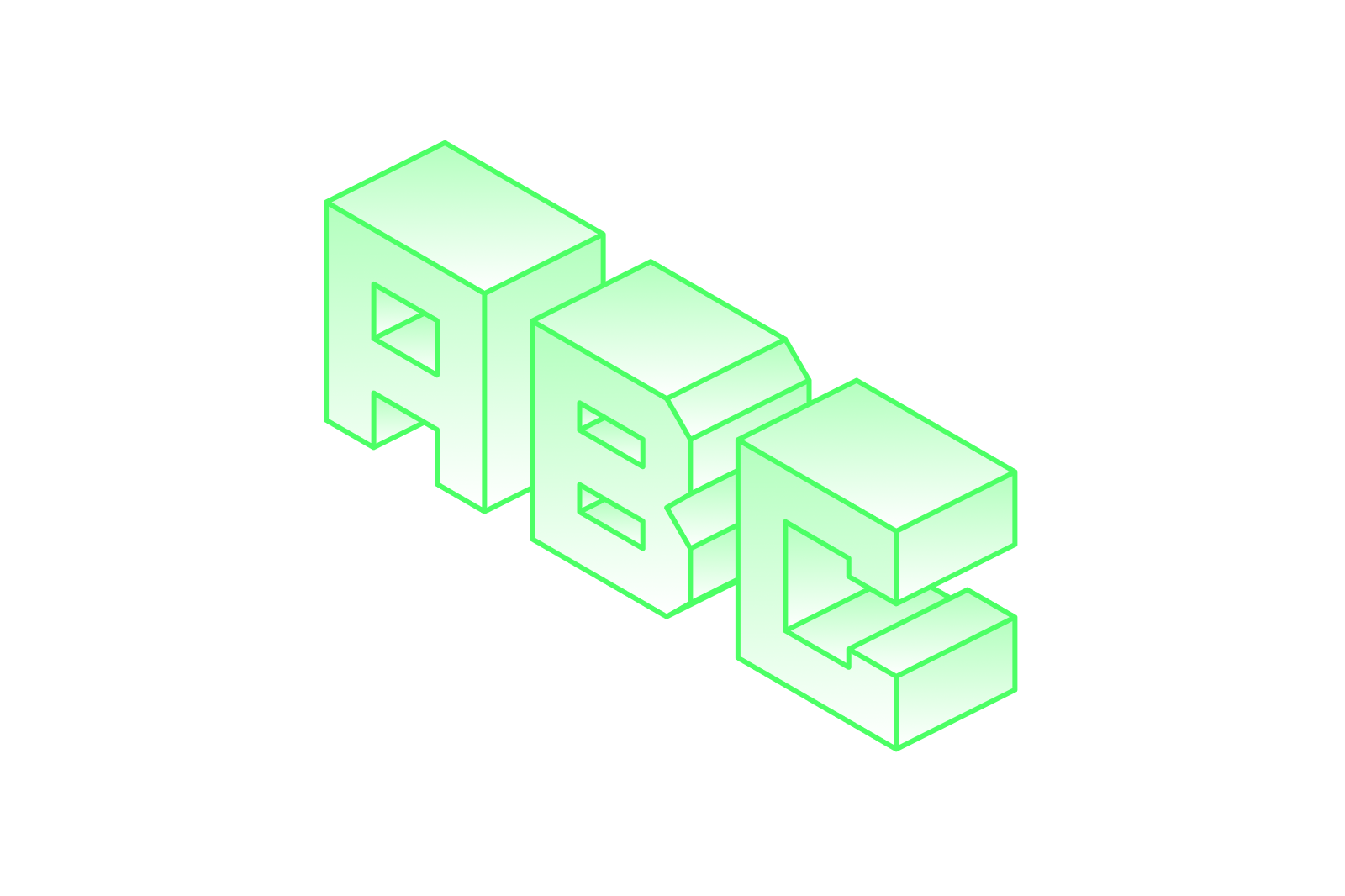How do you create compelling presentations that wow your colleagues and impress your managers? Find out with our in-depth guide on UX presentations.

In product design, typography is often underestimated—but it’s one of the most powerful tools to shape user experience and build brand trust. The right fonts guide users seamlessly through interfaces, highlight important information, and create emotional connections. Over the years, I’ve seen how smart typography choices can transform a product’s usability and elevate its overall impact.
In this post, I’ll break down the essentials of typography in UI/UX, including best practices, common pitfalls, modern trends, and how to tailor typography based on your product type. Whether you’re a startup founder or a design lead, mastering these elements can make a measurable different
Typography is not just about picking a pretty font. It affects readability, hierarchy, accessibility, and even user trust. For example, in a fintech app I worked on, choosing a clean, modern sans-serif font over a decorative one helped users feel more confident entering sensitive financial information.
Typography acts as a silent guide that makes interfaces intuitive and professional. Every font decision has an impact on how a user navigates and feels while using your product.
Use varying font sizes and weights to signal importance—headings, subheadings, body text. This helps users scan content quickly and know where to focus.
Limit your design to 2–3 fonts max. Mixing too many creates visual clutter and weakens your brand identity. A classic pairing might include a clean sans-serif for UI and a serif for editorial elements.
Choose fonts that are easy to read across devices. Make sure contrast, letter spacing, and line height are optimized to meet accessibility standards.
Here are some go-to type combinations that balance form and function:
Font pairing is not just visual—it’s strategic. The right duo supports your product’s voice.
Even great products can feel unpolished when typography is misused. Watch out for:
These mistakes hurt readability and create friction in the user experience.
Typography should reflect your product’s purpose and audience. Here’s how I approach it:
Every product type has a different tone—and typography should align with that.
Typography isn’t decoration—it’s design communication. When used with purpose, typography guides users, builds confidence, and shapes your product’s identity.
Whether you’re launching a new app or refining an existing product, intentional typography can have a measurable impact on user engagement and perception.
If you want expert help crafting typography that fits your product’s unique needs and drives real results, I’m here to help.
👉 Book a free discovery call: https://cal.com/uiants/projectdiscussion
Let’s elevate your product with typography that speaks the right language.
Explore what we offer and how we can bring your ideas to life.
Crafted, user-friendly UI for iOS & Android apps that convert.
Scalable, clean, and conversion-focused UI for modern SaaS platform
Modern, responsive websites tailored to your brand goals.
Investor-ready pitch decks that tell your story and sell your vision.
Visual identity that stands out — from logos to style guides.
Expert guidance to improve user flow, retention, and usability.
Ready to get started?
Need Support ?